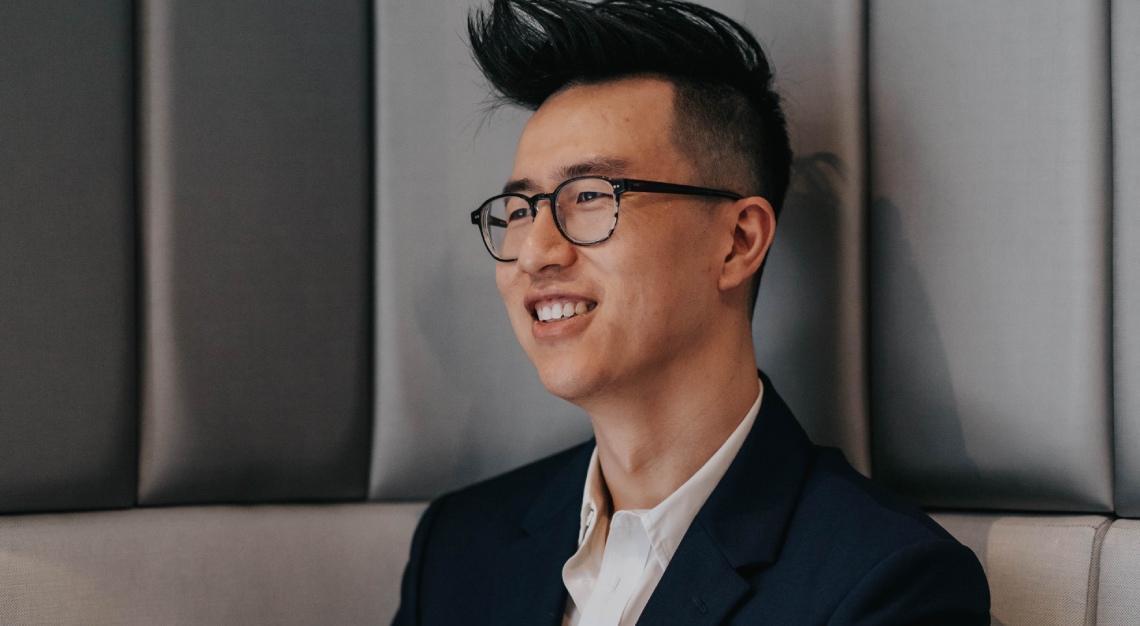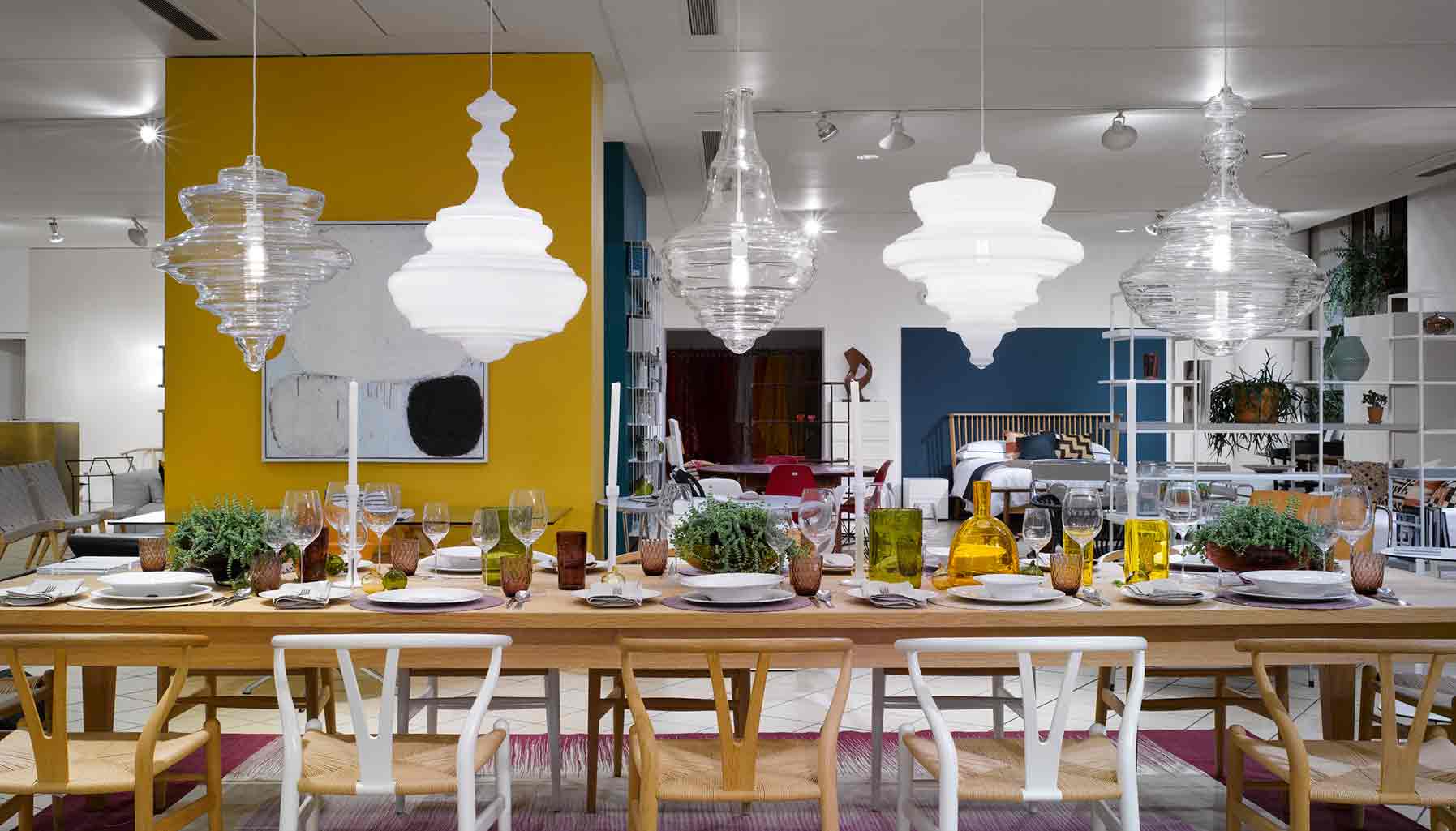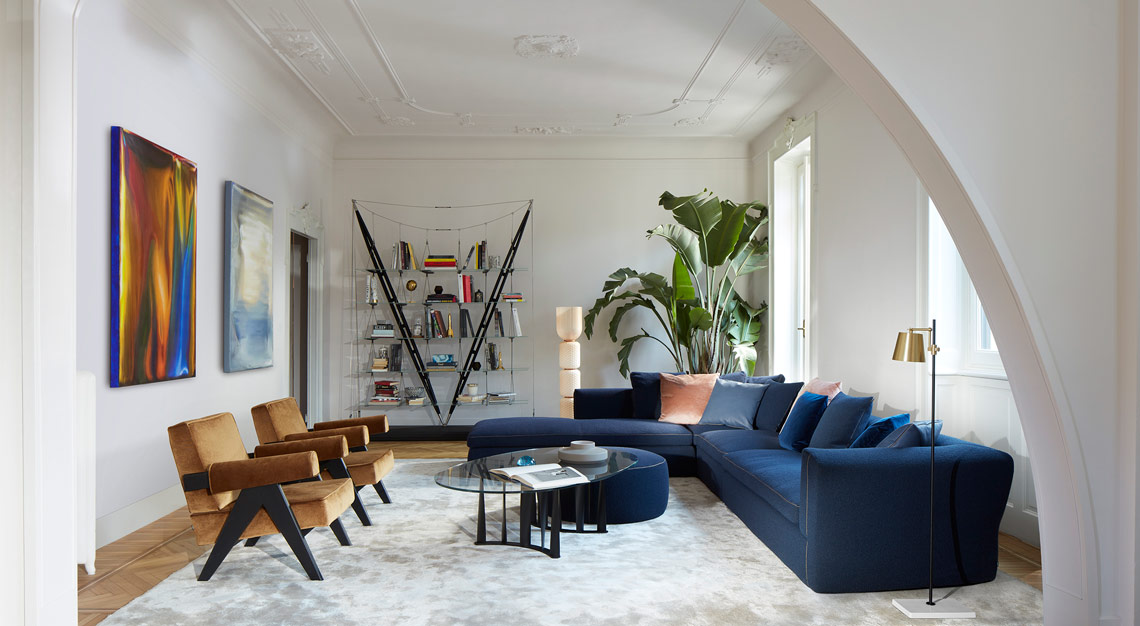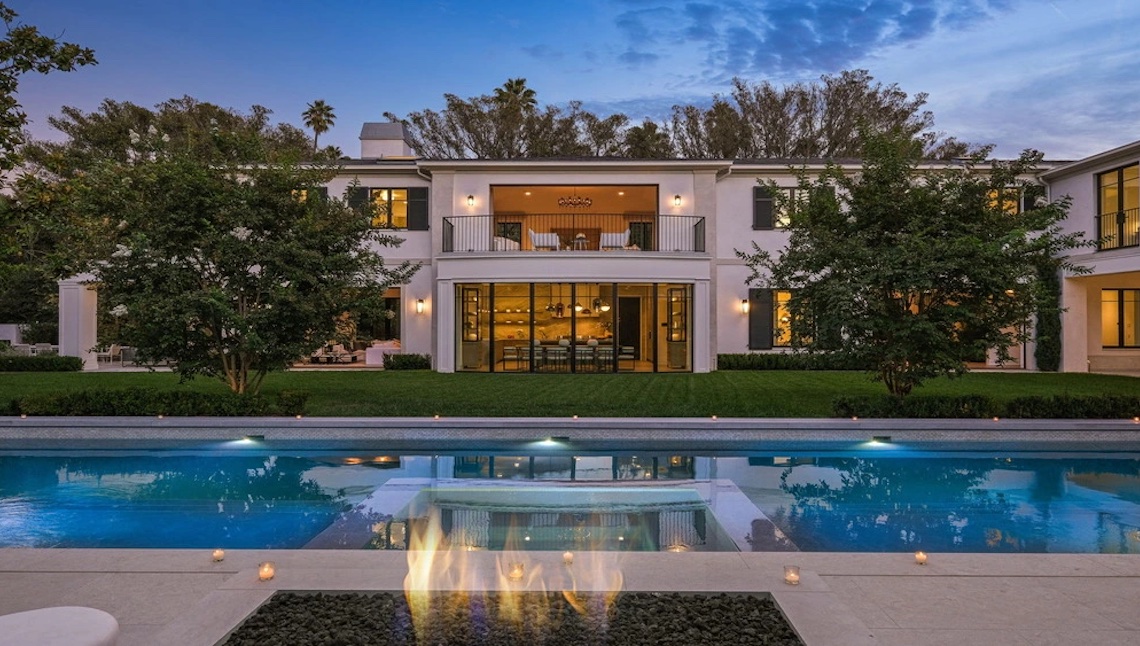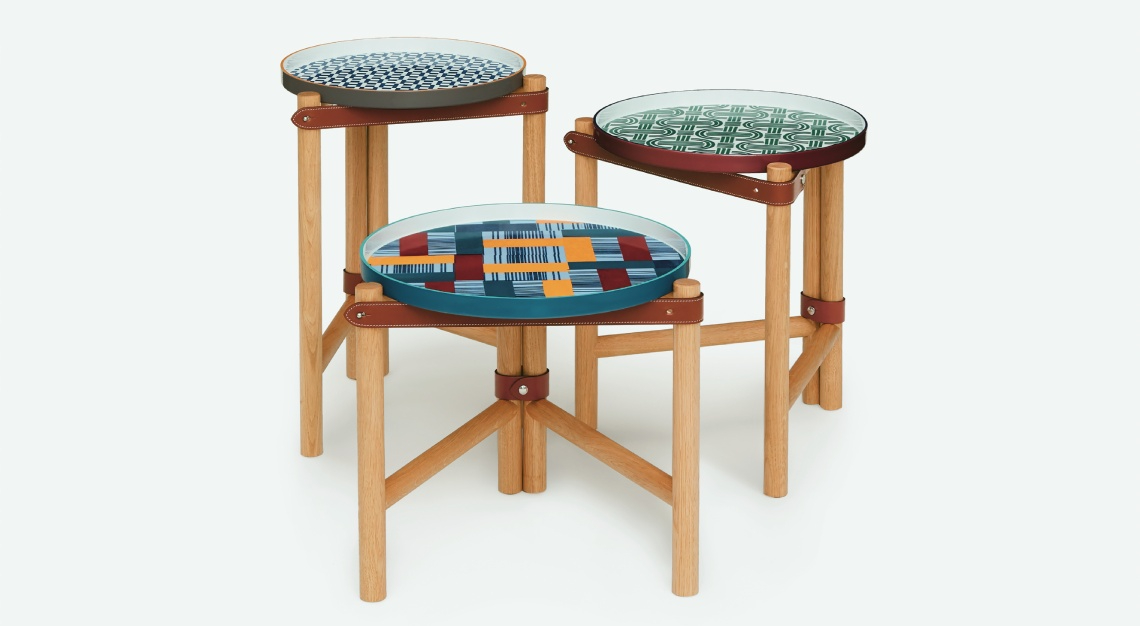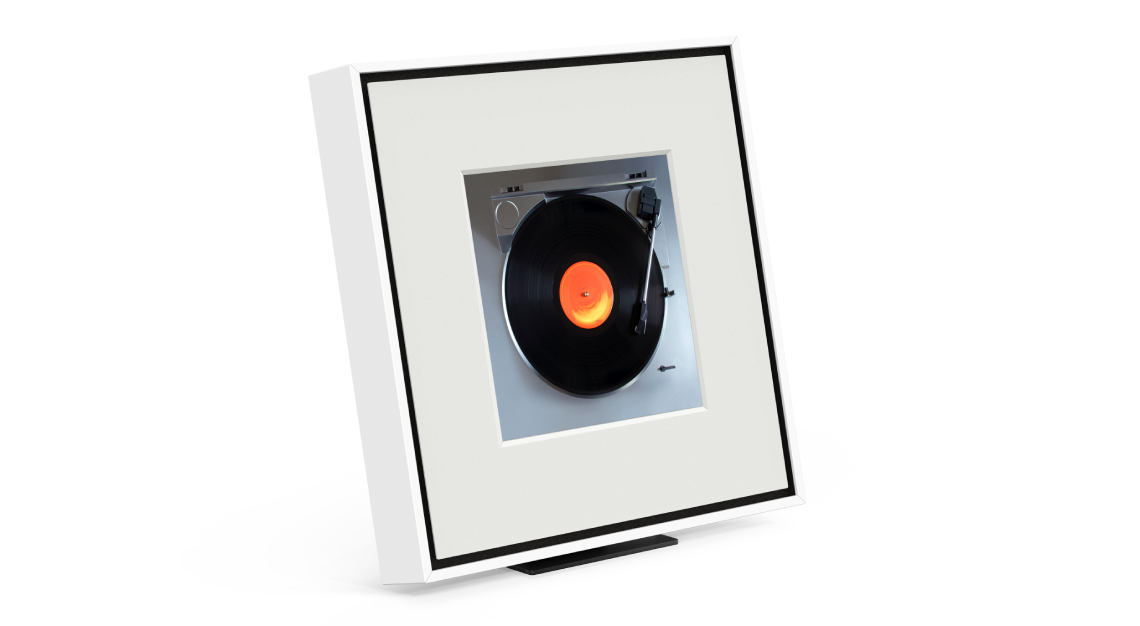The Answers With… product and interior designer Lee Broom, who shares with us more about his latest work Divine Inspiration, his motivations, and a little slice of personal life
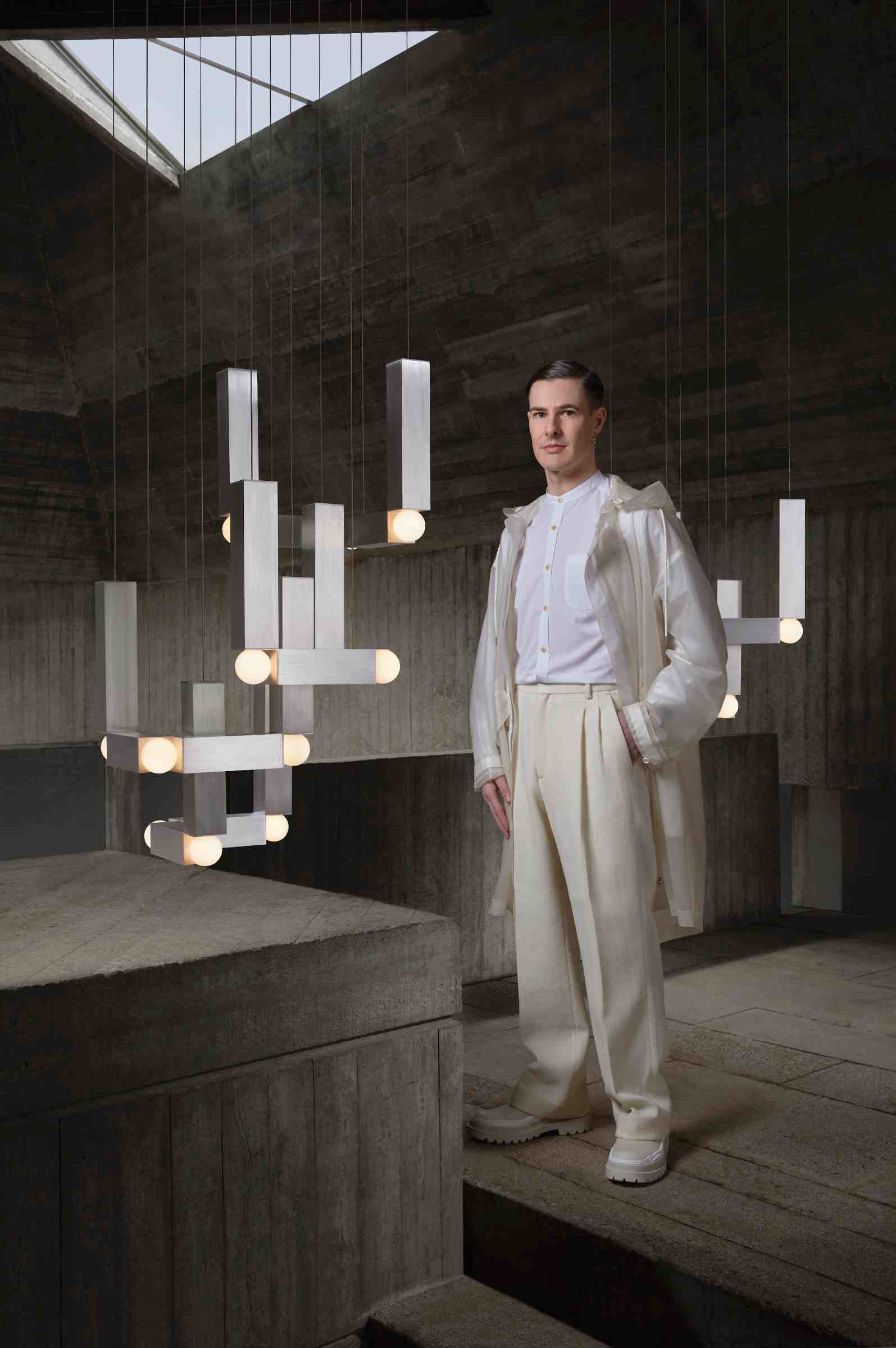
British product and interior designer Lee Broom has unveiled six new collections of lighting at his latest exhibition, Divine Inspiration, at Milan Design Week. His largest exhibition yet, occupying 600 square metres and garnering 20,000 visitors in Milan‘s Breta district, Divine Inspiration pays homage to places of worship and brutalist architecture. Intrigued by “the design language associated with religious architecture, interiors, and artefacts,” this ethereal collection celebrates 15 years of the Lee Broom brand.
The six collections
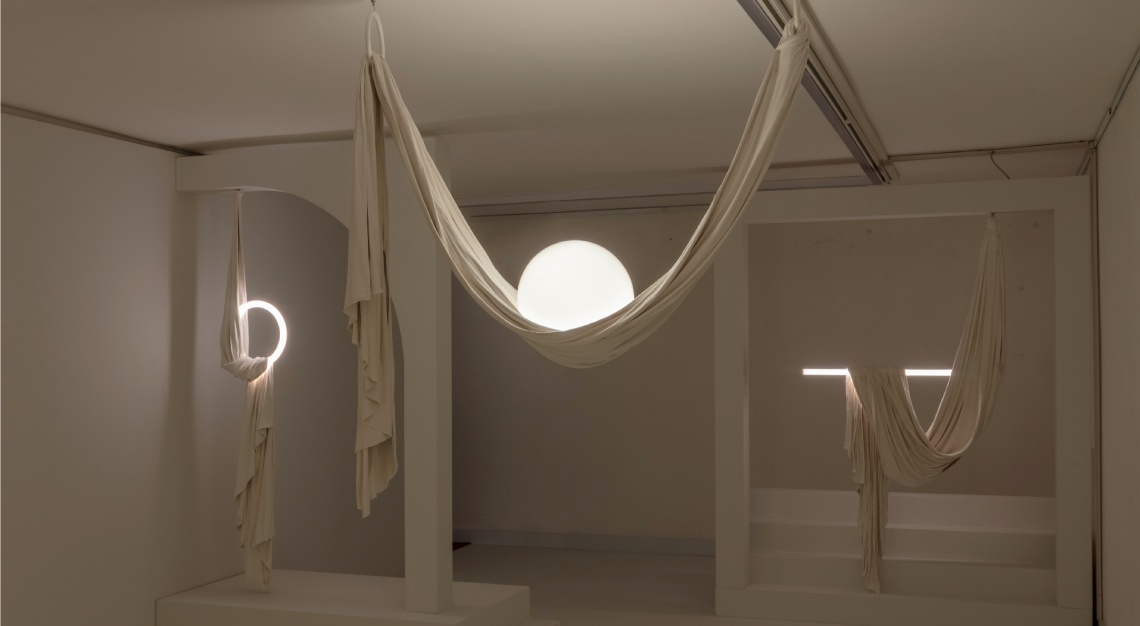
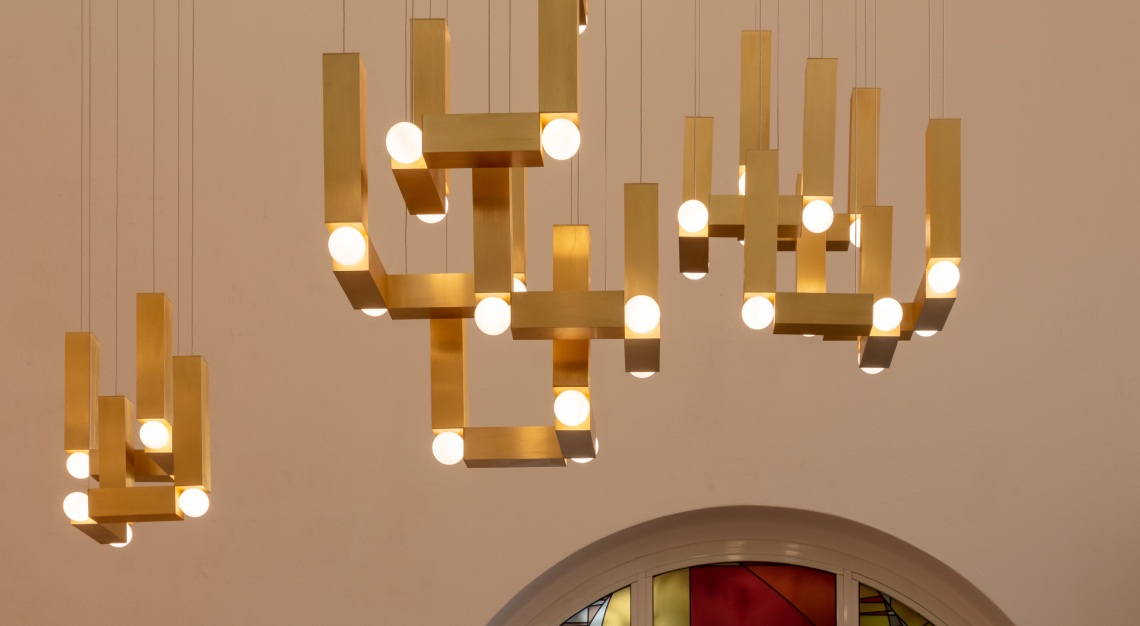
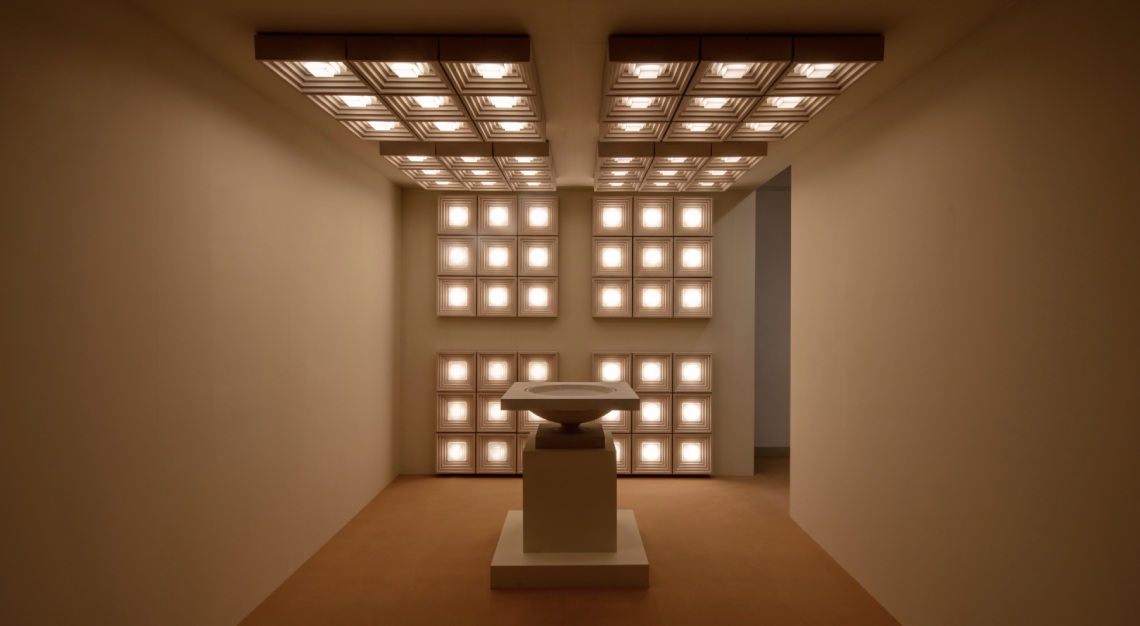
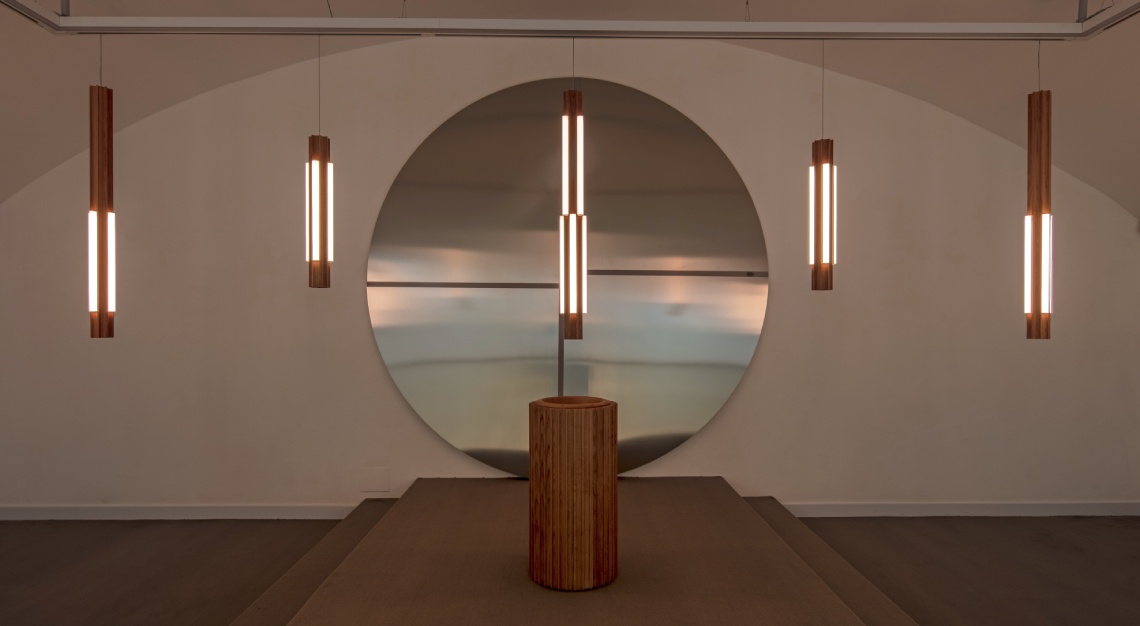
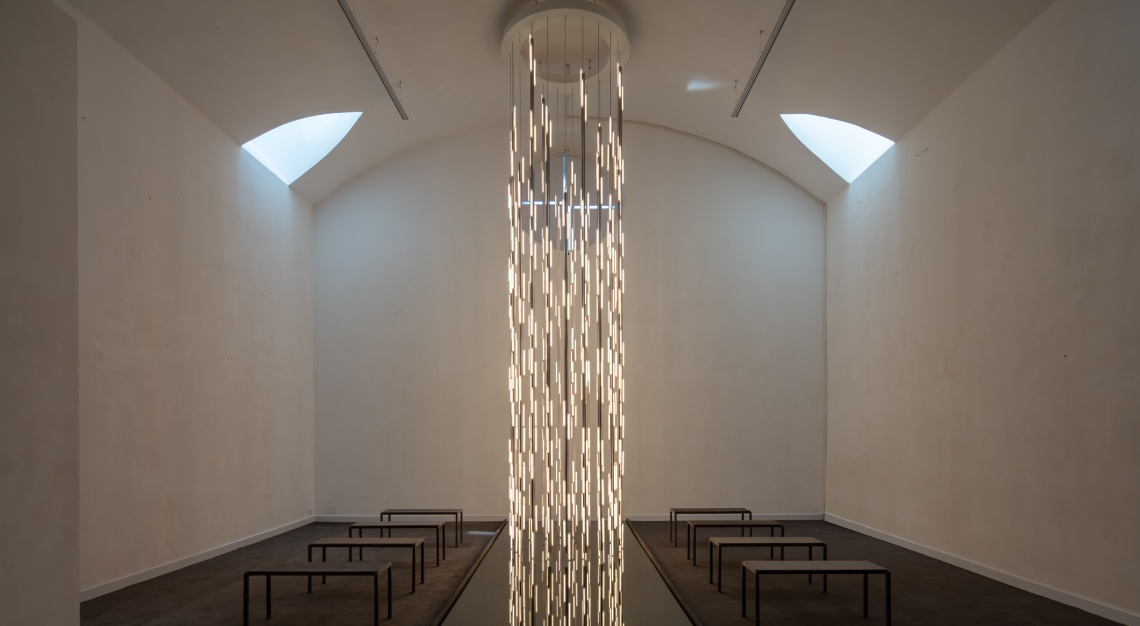
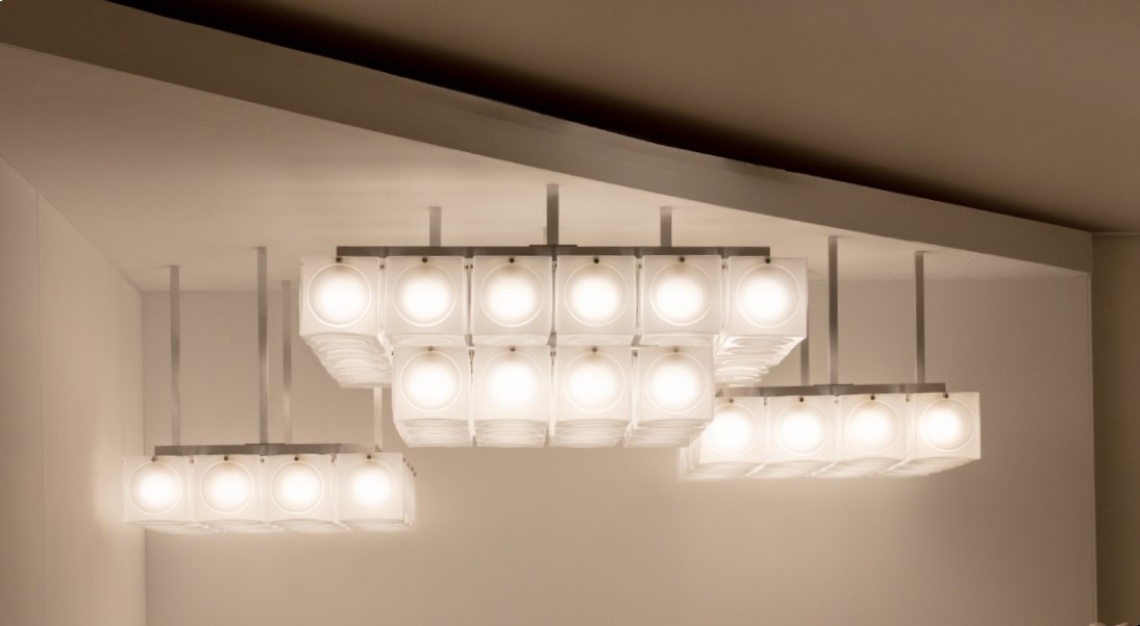
“Throughout the history of architecture, these buildings were created to ignite a sense of wonderment, that perception of being ‘closer to god’ through clever and dramatic architecture. I wanted to capture that feeling and emotion in my show,” Broom reveals.
Enthralled? You too can have a slice of Broom in your room as these celestial and exquisite collections are available online. Commemorating 15 years of his brand, Broom has hand-crafted 15 of each of the four limited-edition Requiem designs. The other collections are available in white plaster.
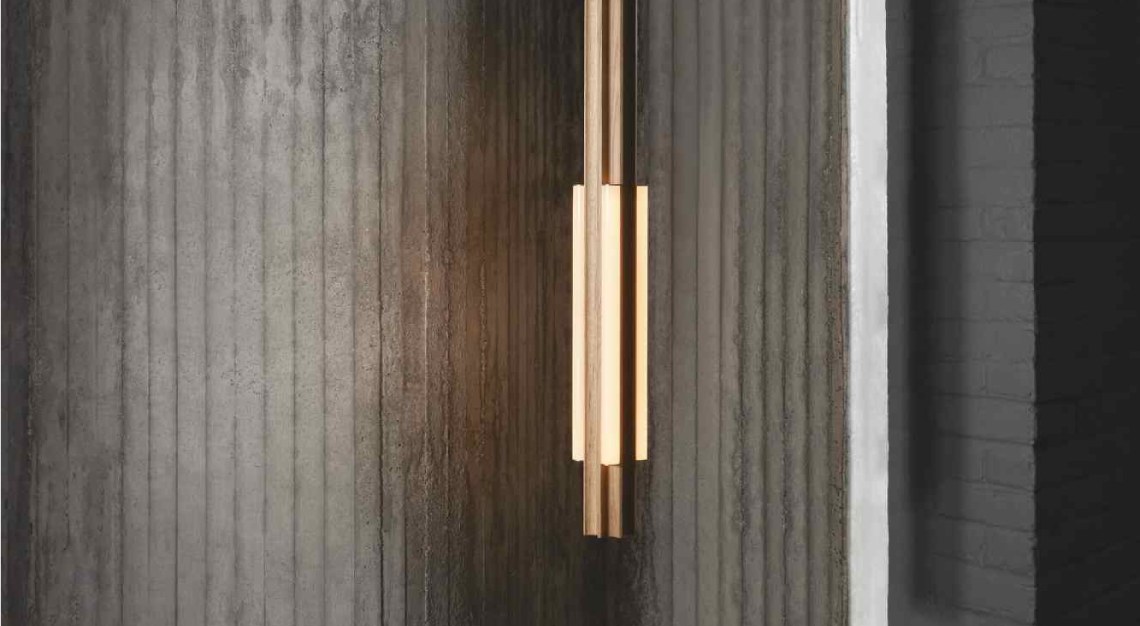
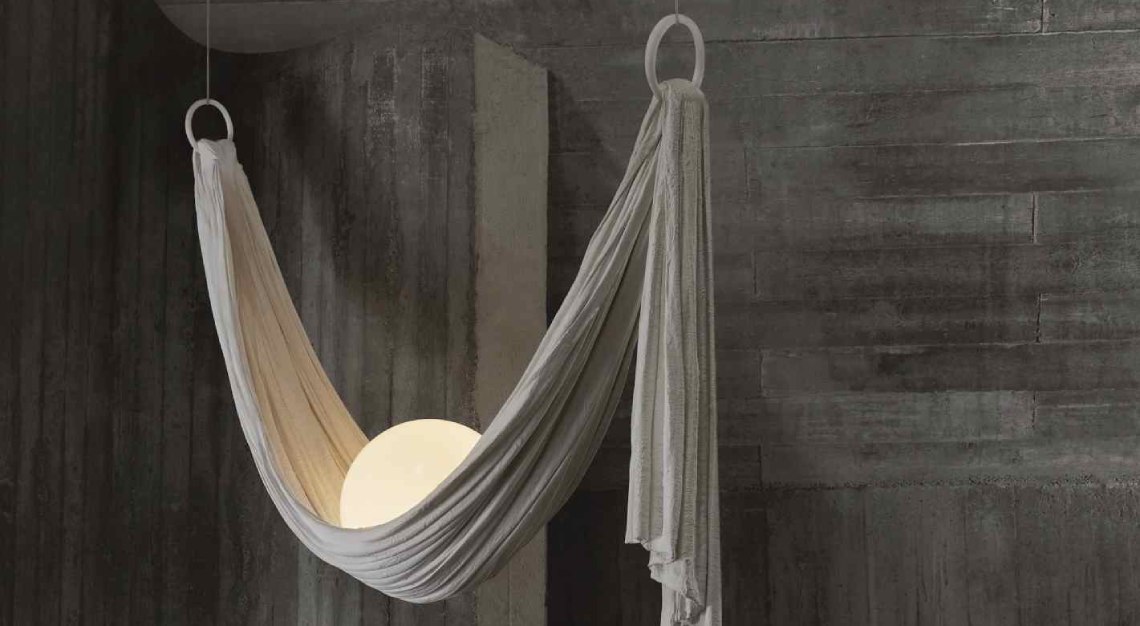
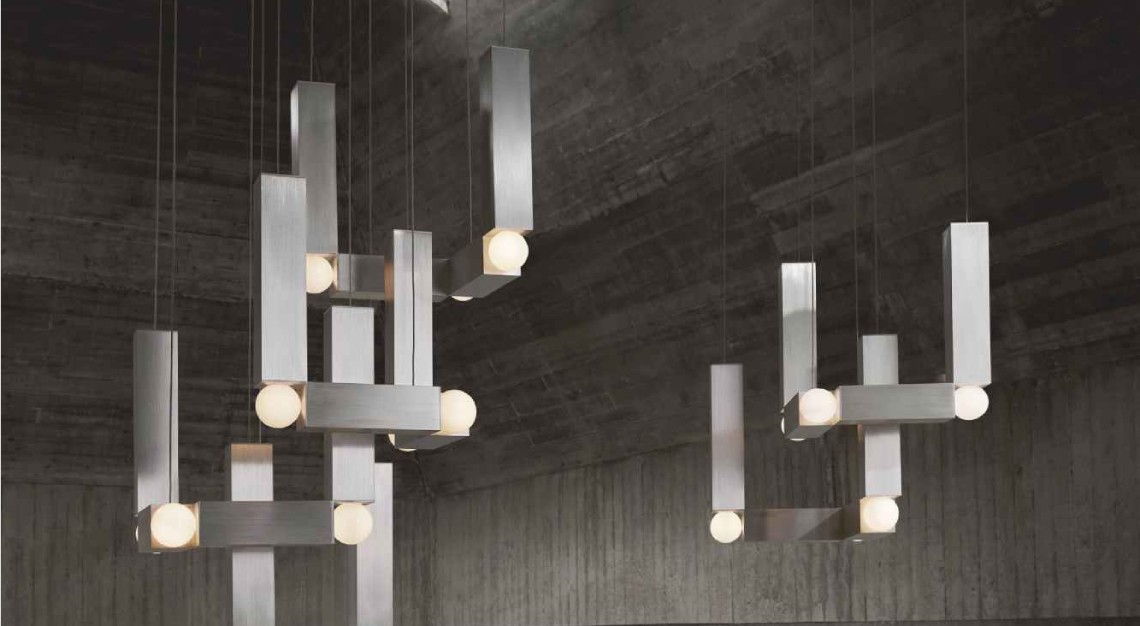
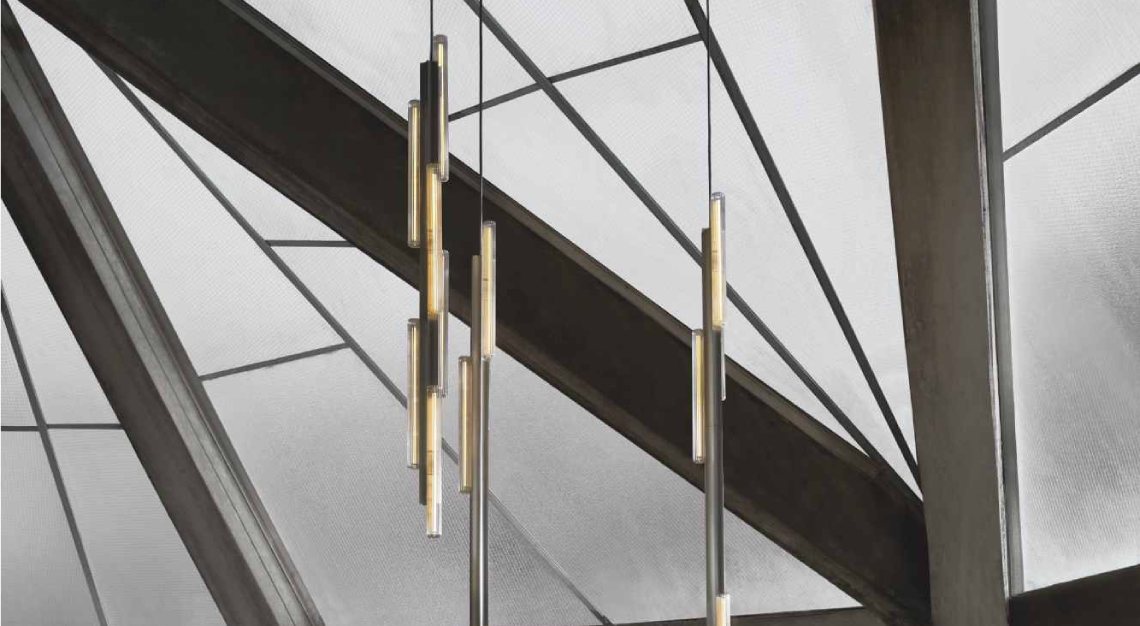
Did you visit many places of worship for research?
Lee Broom (LB): I looked back to places I visited throughout my life which have stayed with me for many years. My first encounter was at Coventry Cathedral in The Midlands. It was the first Brutalist cathedral I have been in, and I remember being blown away by how different it was from other cathedrals. Its raw, monolithic structure seemed to add to the drama and grandeur of the space. The Frank Llyod Wright-designed Unity Temple in Chicago also definitely influenced the direction for some of the materials and silhouettes I used within the collection.
Of all the elements to work with in interior design, why light?
LB: It is key in any interior, whether decorative or more functional. I never intentionally set out to work so predominately in lighting design, I tend to design whatever I am inspired by at that moment.
Creating a lighting piece is tricky. You could have a strong vision for the aesthetic, but there are also so many technical aspects that are required to adhere to in order to make it functional. Combining these two elements and being able to achieve your initial vision is always challenging, and I like to be challenged.
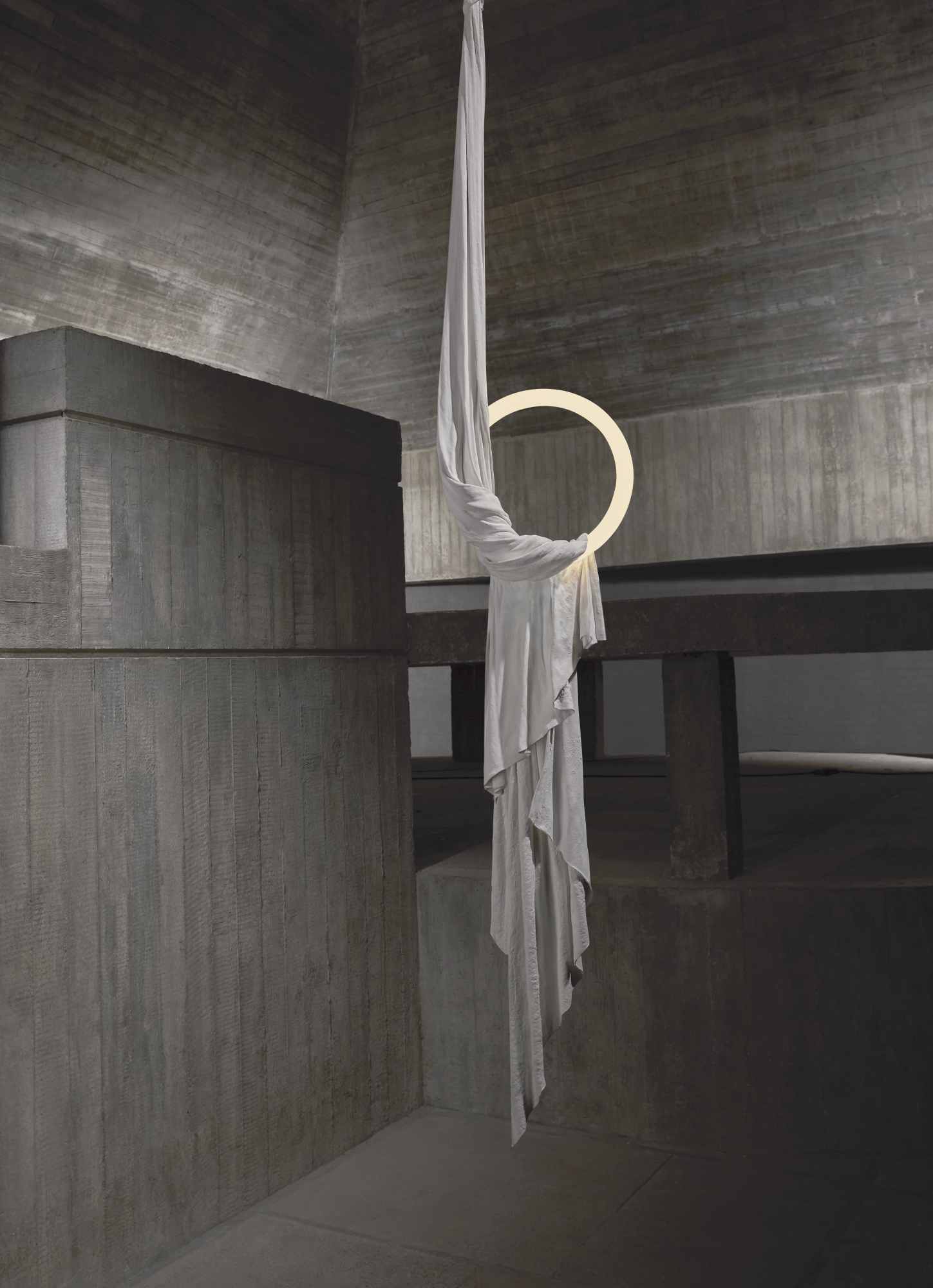
Is there a particular emotion that drives your work? If so, what is it?
LB: A big drive for me is to manifest the things I have visualised in my mind—to bring my ideas into reality. It doesn’t seem enough in a way to have all of these creative thoughts and not be able to bring them to life.
Also, to have people experience them with you too. This is one of the reasons I tend to create such theatrical experiences with my shows; I want people to feel something as well as see something when they enter. I want them to have that same emotion I have when I am creating the initial designs.
We see Jesmonite featured in your works a few times. What about it do you like?
LB: Jesmonite is incredibly versatile, and it gives a hewn finish that closely resembles plaster or stone. I am also increasingly aware of how sustainable my practice is, and so the low-hazard and non-toxic properties of Jesmonite also made it an attractive choice, as well as its aesthetic properties.
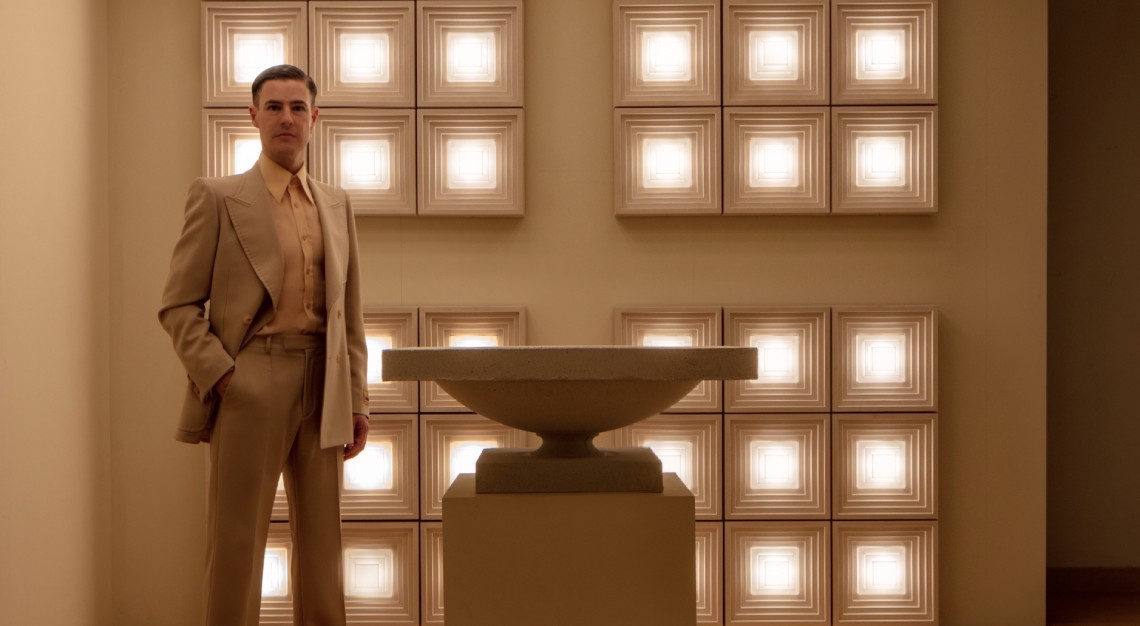
Do you have a favourite aesthetic movement?
LB: If I was looking at a particular era, I would say the Art Deco period represents my favourite aesthetic movement. For me, Art Deco is both modernist and classical, which makes it timeless—a lot of Art deco designs still look as modern today as they did in the 1920s; it was a revolutionary time in modern design.
They say the home is like a portrait. Do you design your own home, and are there any special pieces that are close to your heart?
LB: My London home is actually a converted fire station, and the industrial architectural details really drew me to the space. I have a lot of my own designs within the space, and love to test out new pieces in my own home’s environment. I also have a collection of mid-century pieces, and it’s always exciting to see how my new pieces and prototypes sit alongside these.
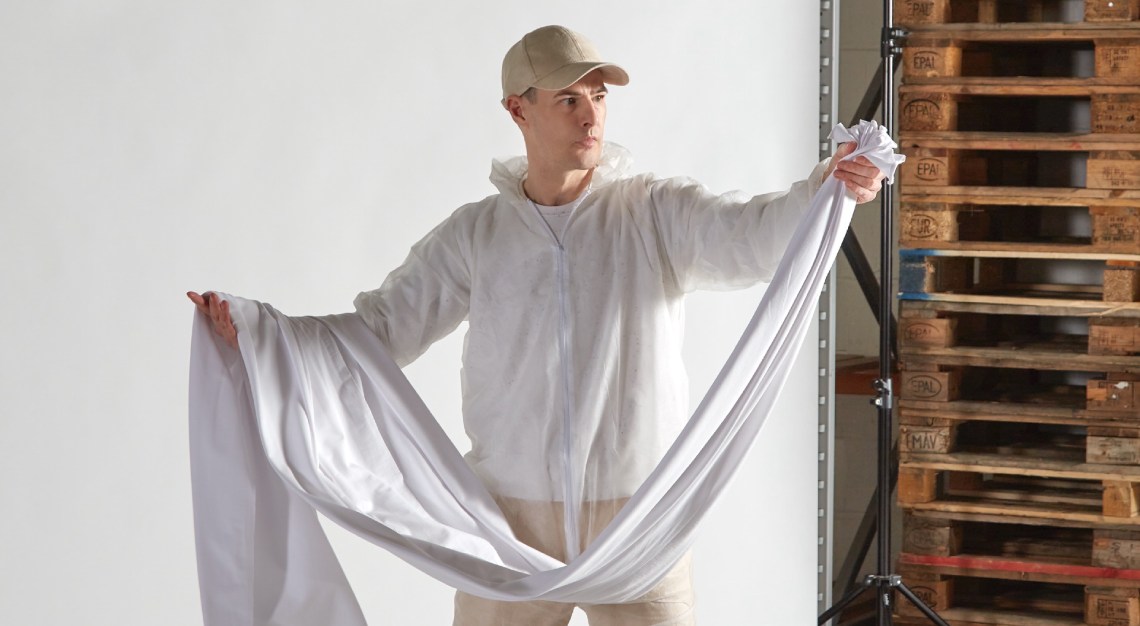
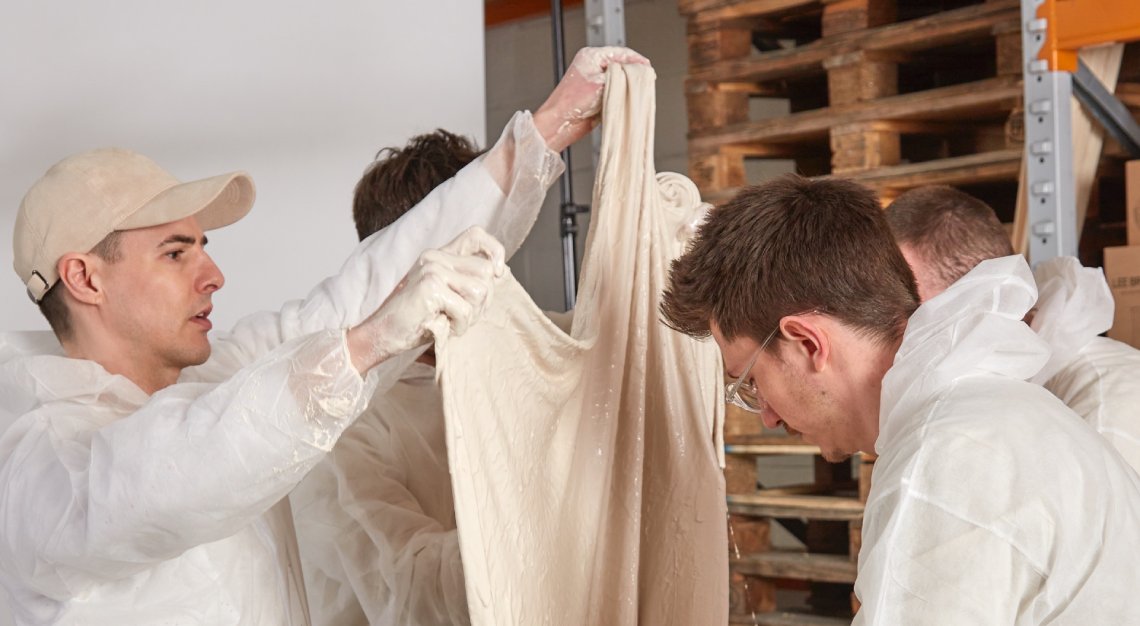
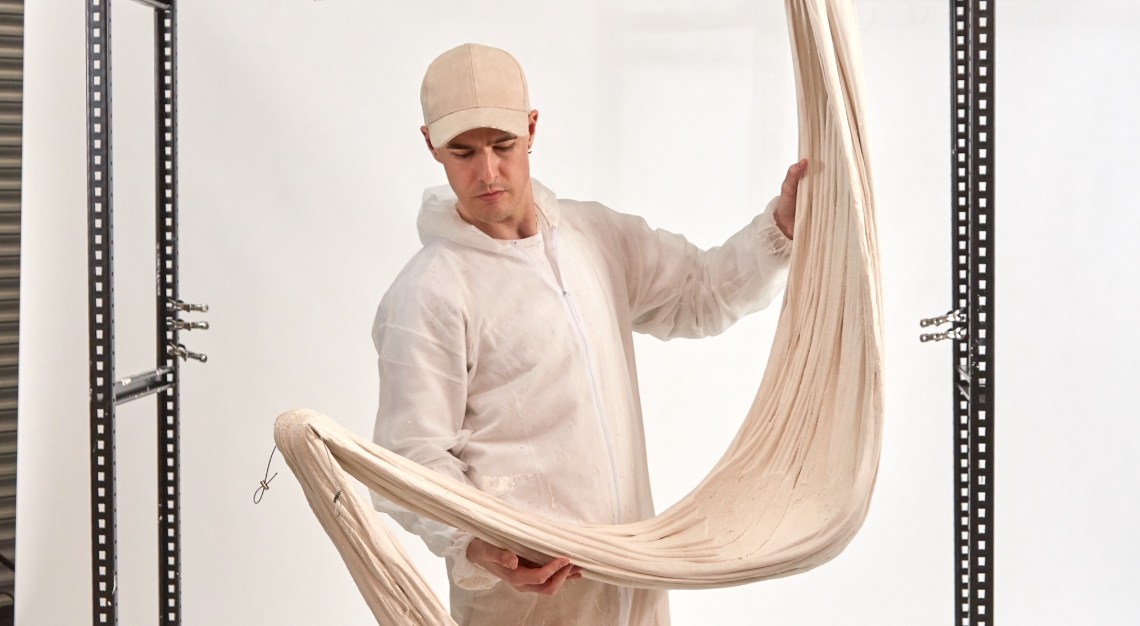
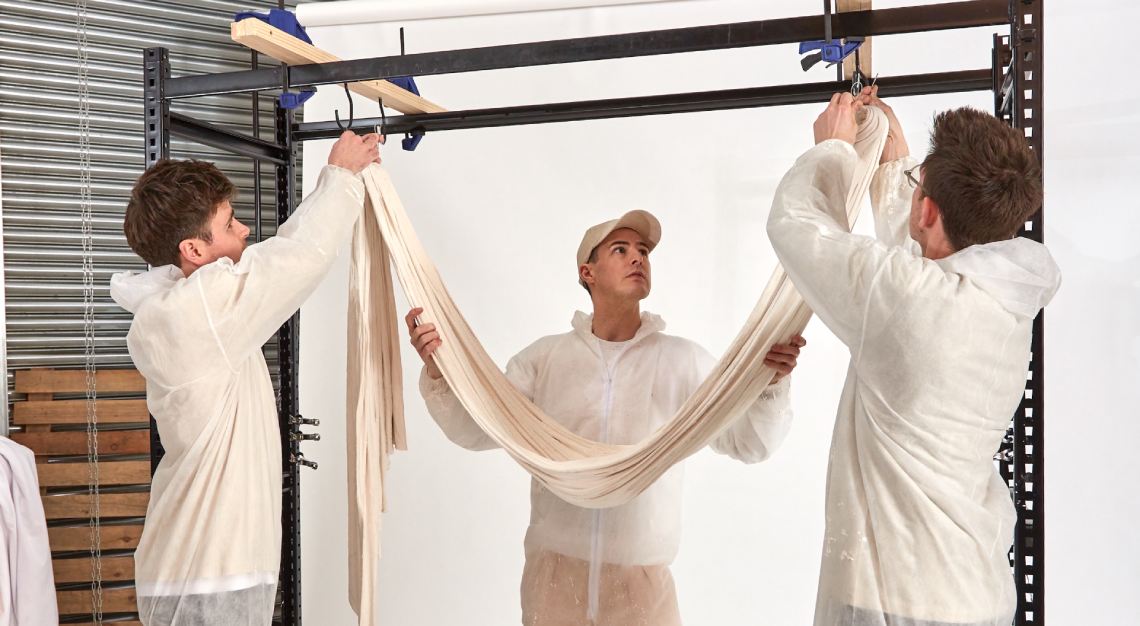
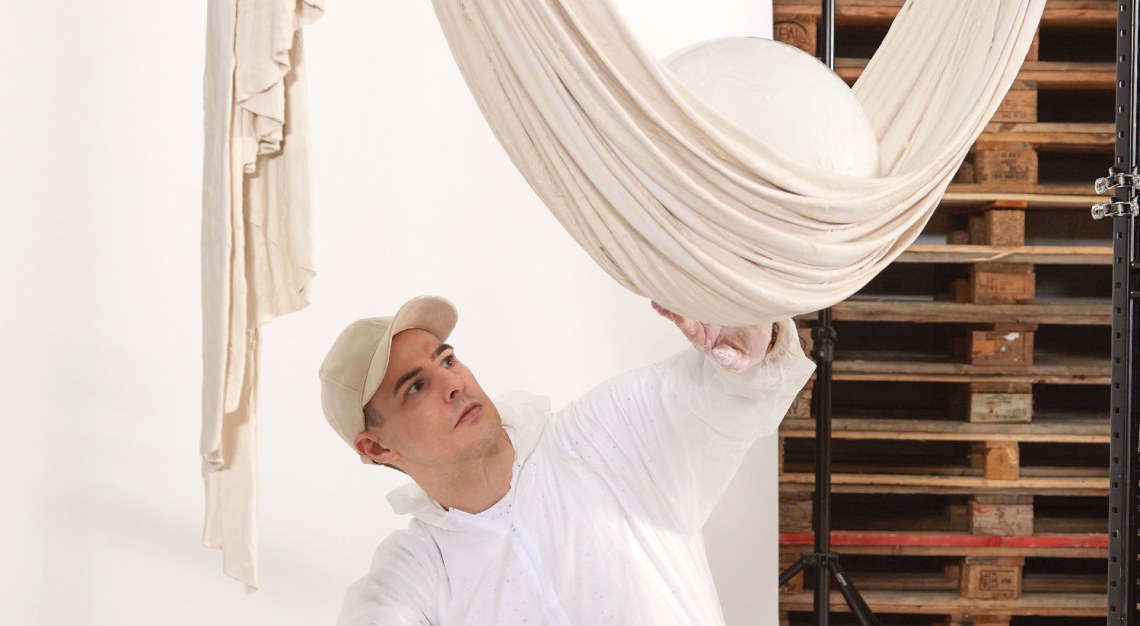
You worked for Vivienne Westwood for a while and studied fashion in your university days. Would the world ever see fashion designs from Lee Broom in the years to come?
LB: Fashion is something I’m still incredibly passionate about, even though I no longer work within it. I love fashion in my personal life, and I am of course as inspired by it as I am by design and architecture. I’ve also worked with brands that have allowed me to dip back into fashion, which is always exciting – I would be open to more fashion and accessory collaborations.
If you were given a potion that when ingested will grant you the ability to do one thing perfectly, what would it be?
LB: Relax. I find it almost impossible to relax.
What’s your favourite comfort food?
LB: American pancakes in maple syrup with scrambled eggs, streaky bacon, washed down with a root beer. Only administered occasionally!
What does art mean to you?
LB: No restrictions.
